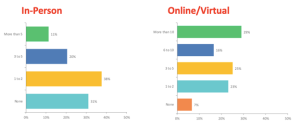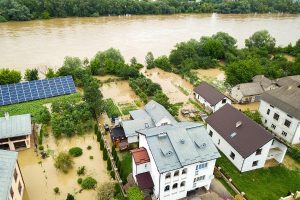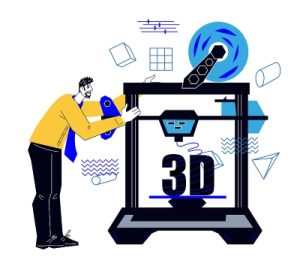
GovEvents recently surveyed its members to get a pulse on how the government community is utilizing events for career growth and networking. The survey looked at how attendees and organizers were mixing in-person and virtual events and what drove decisions to attend.
In this survey, 69% of respondents reported attending one or more in-person events (with 1-2 events being the most common) while 93% said they attended one or more online events (29% reported 10 or more). Respondents also said they would likely maintain these levels in 2023.









